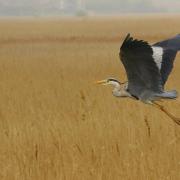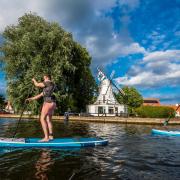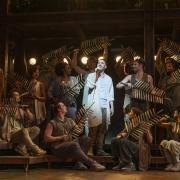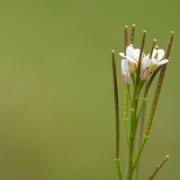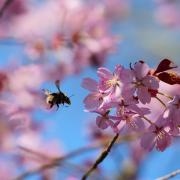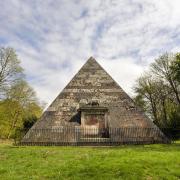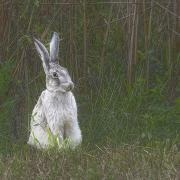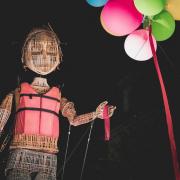Norfolk’s relationship with birds runs deep – the geographical stopping off point for so many on their annual migration routes and those which have made their home in our very special wetland and coastal habitats. Starting this month, an extensive exhibition, with loans from national and local collections, highlights our relationship with birds and their cultural impact on mankind.
The Wonder of Birds, at Norwich Castle, includes some 220 works by major artists and illustrators, historical and contemporary, natural history, archaeology, fashion and social history.
There are six sections, each highlighting a different aspect of birds, their meanings and our relationships with them. The opening section features Hans Holbein’s stunning Lady with a Squirrel and a Starling, back in Norfolk for the first time since its acquisition by the National Gallery in 1992. Probably painted during Holbein’s first visit to England in 1526-8, it is thought that the sitter is Anne Lovell, whose family owned a house at East Harling.
Predators and Prey examines symbolism and status, such as hawking and hunting game birds. A portrait of a Tudor Norwich mayor, Peter Reade, proudly displaying his hooded falcon, is on show and there will be a live link to the Hawk and Owl Trust’s camera which records the development of the peregrine falcon nest on Norwich Cathedral spire.
Works in the Birds and Landscape section of the show include a recent painting by East Anglian artist Maggi Hambling, Heron in the shallows of the Thames, on view to the public for the first time. It is contrasted with the oldest object in the exhibition, a carved stone duck from Babylon, dating from around 2000 BC. Some birds travel phenomenal distances annually and the section of the exhibition titled Migrants and Ocean Travellers examines the seasonal behaviour which may take migrating birds from Norfolk to the Arctic, Africa or South America. Bruce Pearson’s haunting image of a dead albatross on the floor of a fish processing plant is particularly poignant.
Introducing the Exotic will focus on the use of feathers of all kinds for clothing, fashion accessories and decoration – a trend which peaked in the western world in the 19th century. The resulting deaths of thousands of birds sparked off the awareness of extinction which led to the founding of the Royal Society for the Protection of Birds. On show will be a late 1930s hat of pheasant feathers, dyed in brilliant artificial colours to make it even more eye-catching.
The Realms of the Spirit illustrates how songbirds and their relatives have symbolised the immortal soul, been seen as heralds of the seasons, messengers from heaven, or as magical beings moving between worlds. Major loans include a gold Colombian shaman’s necklace portraying half-human, half-bird figures.
The Wonder of Birds is at Norwich Castle Museum and Art Gallery until September 14. Castle entry ticket includes The Wonder of Birds, £7.95 adults, £6.50 concessions, children (five to 18s) £5.20. Advance bookings on 01603 598626 and at www.museums.norfolk.gov.uk – includes £1.50 off the exhibition publication.




